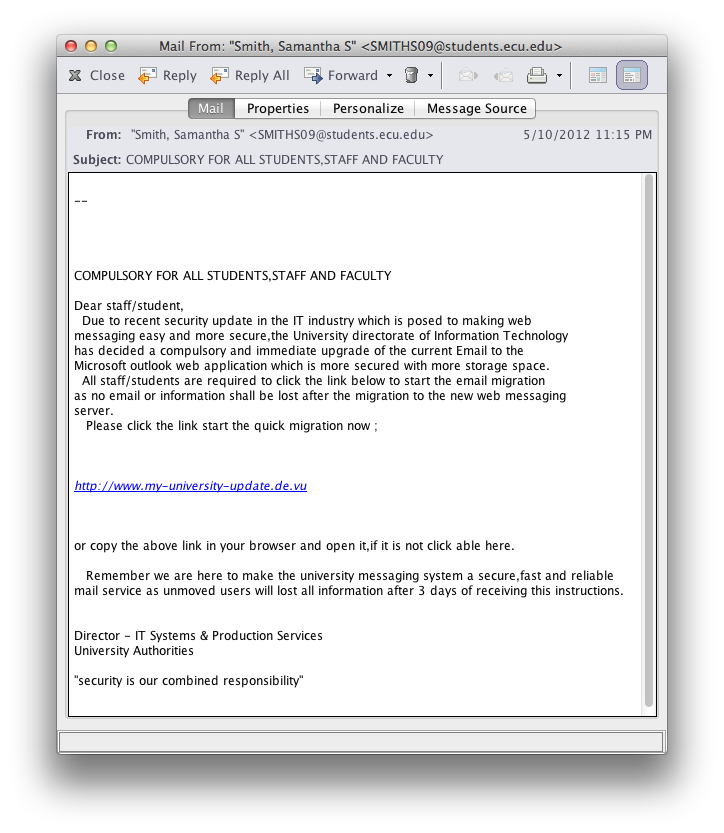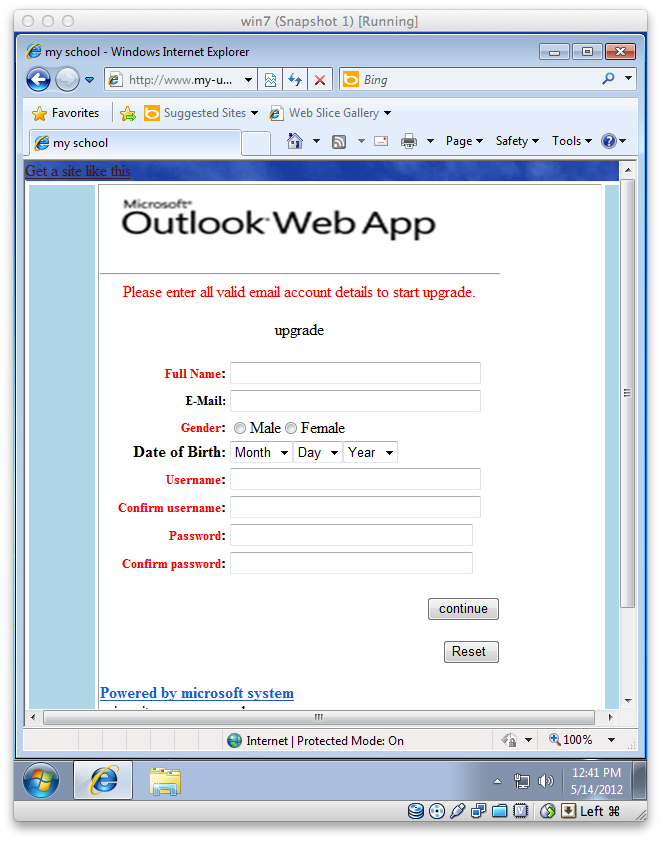Data Destruction Day 2
September 9th, 2013 by dshettleInformation Technology Services and Physical Plant’s Environmental Services are pleased to announce our second “Data Destruction Day.” On October 3rd, in front of O’Kane on Linden Lane, the College’s shredding partner, ProShred, will be stationed with their paper and hard drive shredding trucks from 9am to 11am. Once again, bring in any paper items, old hard drives, floppy drives, thumb drives, CDs, DVDs, zip drives, audio tapes, and ProShred will physically destroy them onsite. This year, Physical Plant’s Environmental Services is sponsoring a container to recycle your computer and computer peripherals as well.
Last year we trimmed College storage rooms and filing cabinets of roughly 4,000 pounds of paper, and 150 pounds of electronic storage media. Let’s try to beat those numbers this year. Those dot matrix reports that haven’t been a tree since 1976? That CD with your parent’s tax return from 1998 in the milk crate under your desk? Bring them. Even bring things from home, with the caveat that the College isn’t responsible for its security (though you’ll get to watch it be destroyed, so don’t let the disclaimer spook you).
All materials destroyed are recycled where possible by ProShred. All computers and peripherals will also be recycled by Environmental Services.
As with last year, some ground rules:
- This event is open only to Holy Cross Faculty, Students and Staff. Bring your HC ID.
- As aforementioned, bring material from home if you’d like, but the College isn’t responsible if you lose it or it otherwise vanishes prior to destruction.
- Electronic media is limited to hard drives, flash/thumb drives, CD’s, DVD’s, floppy disks, tapes, and zip drives. If you have an old computer, we can help you remove the hard drive that day and Environmental Services will recycle the shell and your computer peripherals.
- Environmental Services will only take and recycle your old computer and its peripherals (keyboard, mouse, monitor, etc.) Strict limit of 1 monitor per computer. They will not take your 1980’s living room entertainment center, or the storage unit full of old microwaves! No T.V.s, VCRs, etc.
- Get the necessary approvals before bringing stuff. Emptying that filing cabinet may seem like a good idea, but make sure none of it is needed any longer. If in doubt, ask.
- Don’t leave anything you bring to the event unattended on the way.
If you have any questions, don’t hesitate to ask.




